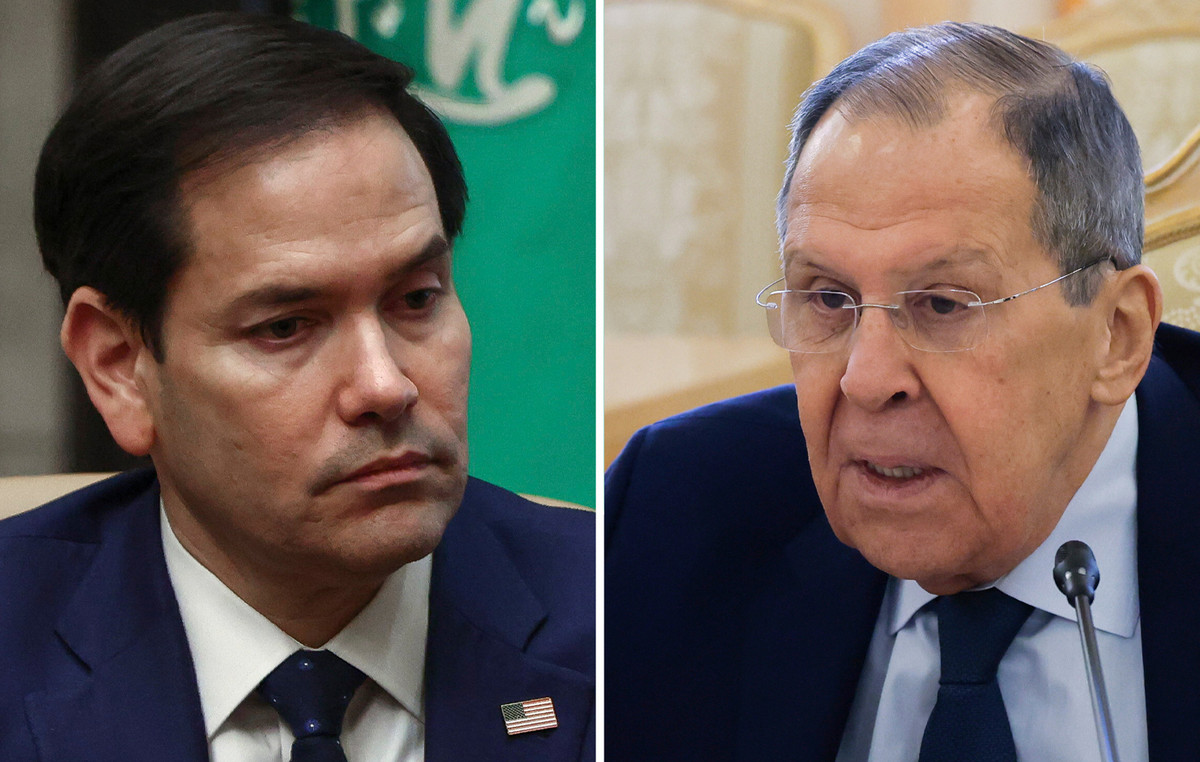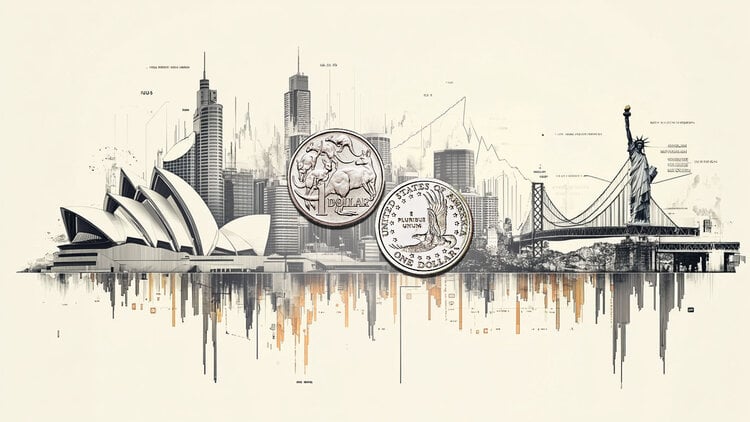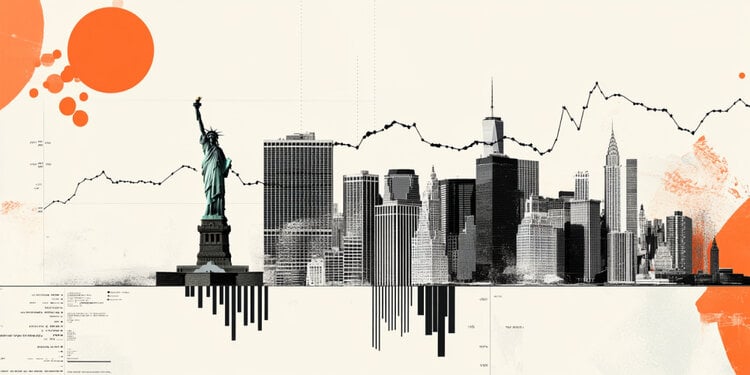THE war between Ukraine and Russia affected the prices of a number of products, including fertilizers, with an even greater impact for countries that import most of what they consume, such as Brazil. This high ends up reflecting in food, worsening the inflationary scenario.
Currently, around 85% of the fertilizers used in the country are imported, and data from the consultancy Globalfert indicate that 23% of this total comes from Russia. Ukraine is also a relevant supplier, as is Belaruswhich is also involved in the conflict, making the situation worse.
experts heard by CNN Brasil Business point out, however, that as much as the Brazilian fertilizer sector may face difficulties in the short term, the war created an opportunity for growth by revealing the country’s vulnerability.
Brazilian scenario
Executive Director of the National Union of Industries of Raw Materials for Fertilizers (Sinprifert), Bernardo Silva, states that the fertilizer sector in Brazil currently has an installed capacity of 13.95 million tons per year, but effectively produces around 6 millions.
According to him, there are some factors that explain this difference, but the main one is the lack of competitiveness of national projects in relation to abroad.
“While we have a competitive institutional environment in the country that privileges and subsidizes imports, companies allocate their resources according to this scenario of competitiveness and profitability”, he says.
The large fertilizer producers are multinationals and, therefore, allocate resources for production in certain countries according to the degree of profitability. If it pays more to produce fertilizers in one country and then export to Brazil, this is the path followed.
Silva also cites other issues, such as high production and machinery costs with logistical problems, high electricity —essential in the production of fertilizers— and a “very short-term view” that privileged and encouraged the import for being cheaper.
Juliana Lemos, chief analyst at Globalfert, says that there are two types of companies in the fertilizer sector. Producers, who take care of the raw materials, usually nutrients such as nitrogen, potassium and phosphorus, used in fertilizers. And the automakers, who buy these ready-made nutrients and “assemble” the fertilizers. It is also common that there are companies that perform both activities.
In 2021, the total import of fertilizers, ready or to be mixed, was 34.7 million tons, about 85% of the total traded, which indicates the strength of the automakers in the country.
“Brazil is an agricultural power, so we use most types of fertilizers that exist,” he says. The type mainly depends on the characteristics of the soil and the crop that will be planted.
Lemos says that Brazil mainly produces potash, which is used in a series of fertilizers, but that is still not enough to meet the great demand of the agribusiness.
A study by Globalfert points out that, in 2021, just over 70% of the NPK fertilizer market (which contains nitrogen, phosphorus and potassium) in Brazil was controlled by three companies.
The largest, with 28%, is Mosaic, originally from the U.S. Then comes Yara, a company of European origin, with 23%, and Fertipar, with 22%, one of the few large companies in the sector that is still national, founded in Paraná.
The weight of foreign companies goes beyond the two largest in the sector. The Swiss Eurochem, for example, acquired between 2020 and 2021 two large national companies, Fertilizantes Tocantins (13%) and Heringer (4%). There is also Cibra, with a 5% stake, which is part of the North American group Omimex.
According to Lemos, Eurochem’s recent acquisitions have made the market even more concentrated, which is a common feature around the world due to the high investment that obtaining raw materials demands.
Of the three largest companies, Mosaic and Yara act as mixers and producers, while Fertipar is just a mixer. In all, there are 513 mixing units spread across Brazil.
For Juliana Lemos, dependence on imports from Brazil is an “old problem”. “It was influenced by the low investment in industry over many years, lack of incentive, not having clear direction even from governments about the importance in Brazil”.
“We have had agricultural production for a long time, but the exponential growth was rapid and recent, we were not prepared for all this demand”, he adds.
effects of war
For the director of Sinprifert, the war in Ukraine affected a sector already under pressure in Brazil, with “very tight” margins. He assesses that the increase in fertilizer prices should not translate into higher profits because costs have also increased, especially energy and transport due to higher Petroleum It’s from natural gas.
He points out, however, a possibility of increasing the market, that is, increasing production and getting closer to the potential 13 million tons, since the scenario should generate a reduction in imports, opening windows of opportunity.
The combination of all these factors should lead to an “increase in share but not in revenue”.
Juliana Lemos believes that agribusiness demand for fertilizers is very favorable in Brazil, which is positive, but it also creates a “monstrous challenge” to maintain the supply of raw materials to meet the sector’s needs.
This will require the creation of new contracts, transport routes and also new suppliers, but currently few countries have the capacity to expand production and serve more markets.
“The expectation is for more sales, but it is a great challenge. It will require right strategies to guarantee supply,” she says.
At the same time, she believes that the war should strengthen a tendency to diversify sources of fertilizers, with an increase in alternatives such as organic and organo-minerals, but not to the point of supplying all the demand of Brazilian agribusiness.
Bernardo Silva states that the current scenario of rising fertilizer prices, which actually started in pandemic with the mismatch between supply and demand, it is not a real problem in the sector, but it helped to open it up.
The sector was in the eye of the hurricane, but we’ve been talking about it for decades. The very short term resolution is something that an industry like ours doesn’t look at because it’s not the real problem. You will only have a healthy balance if you start implementing long-term measures in the very short term.
Bernardo Silva, executive director of Sinprifert
“If you only want to resolve this one-off issue, just perpetuate it, you will only go after other suppliers and dilute this risk [de quedas no fornecimento]”, it says.
In this sense, he sees the launch of National Fertilizer Plan by the federal government as a “realistic step” towards real change for the sector.
Potential
The chief analyst at Globalfert says that it is still difficult to understand the real potential of the fertilizer sector in Brazil, considering the expansion of national production, since studies and a detailed mapping of mineral reserves are lacking.
She believes that the plan released by the government “it is for 30 years from now, and it should not give total independence, but it can lead to greater mobilization”.
According to Bernardo Silva, the plan brought an in-depth diagnosis of the current situation in the sector, with goals for the medium and long term. The objective is to reduce Brazilian dependence on imports to around 45% or 50% of the total by 2050.
He says that each of the three macronutrients ended up having a different projection of high production, which takes into account the availability of raw materials in Brazil. In the case of nitrogen, for example, imports could be reduced from 93% to 51%, and in the case of phosphates, from 78% to 5%.
To achieve this, he considers that the main thing is “to have an environment of equality, a level playing field between imports and national production. Today there are none because there are subsidies, incentives and exemptions on imports”.
As an example, he cites the charge of ICMS on fertilizers, which is practically exempt for imported products and around 8.4% for national production. It also defends measures such as specific lines of financing for the sector, with more competitive rates, and the implementation of measures such as the Gas Framework to reduce the price of the commodity.
“It’s a matter of solving infrastructure and logistics, as well as access and availability of raw materials. Giving more agility to the environmental licensing processes, projects currently stopped at this stage, and it’s not about reducing requirements, it’s about improving bureaucracy”.
“A very short-term perspective has permeated public policies over the last 25 years, it has always looked at the shortest and easiest way of importing, and now we see that this did not bring the expected results”, he says.
Source: CNN Brasil
I am Sophia william, author of World Stock Market. I have a degree in journalism from the University of Missouri and I have worked as a reporter for several news websites. I have a passion for writing and informing people about the latest news and events happening in the world. I strive to be accurate and unbiased in my reporting, and I hope to provide readers with valuable information that they can use to make informed decisions.







